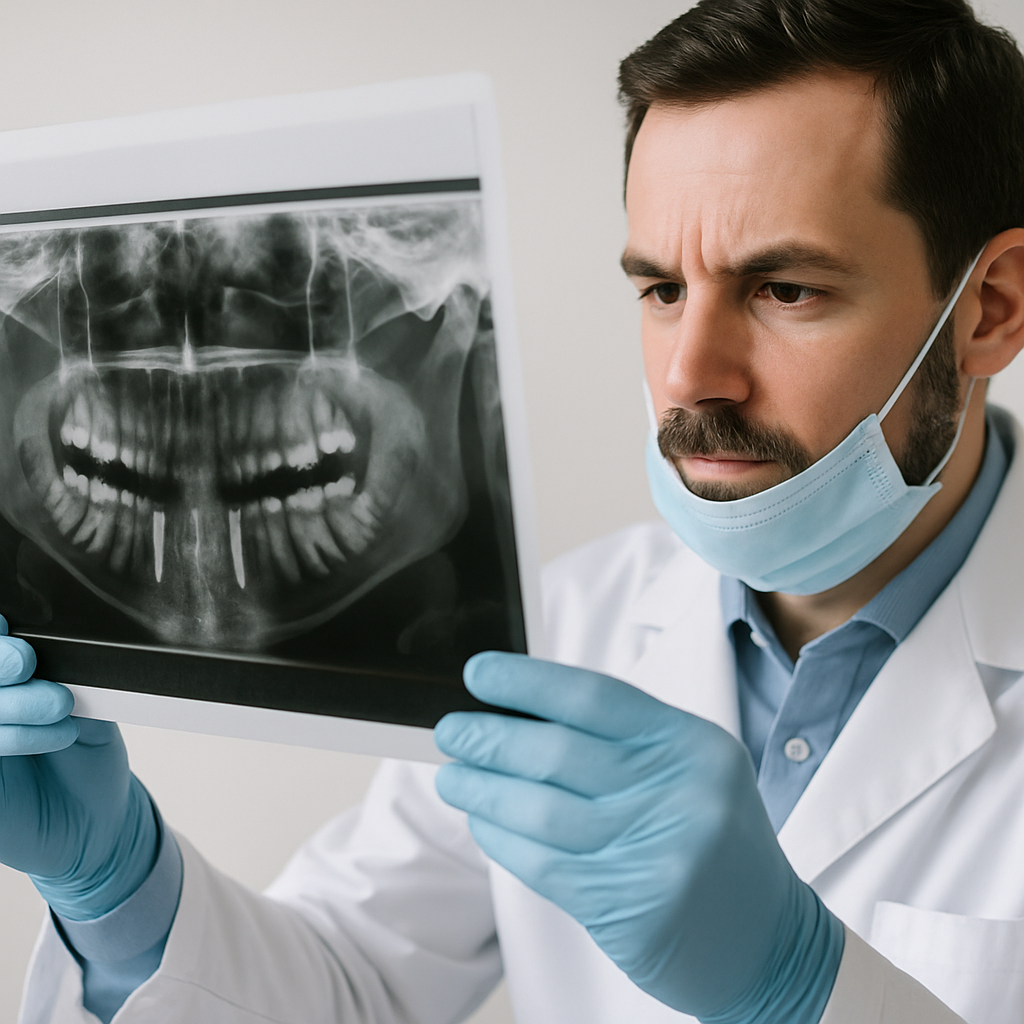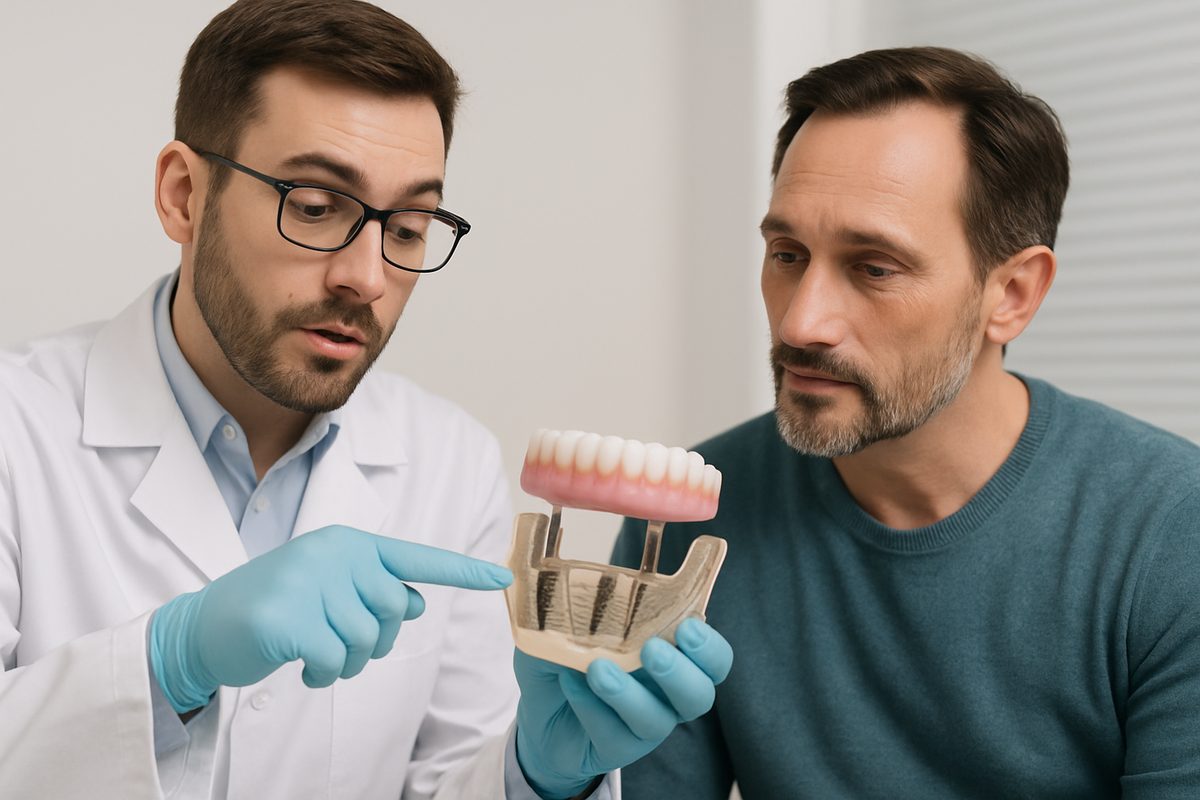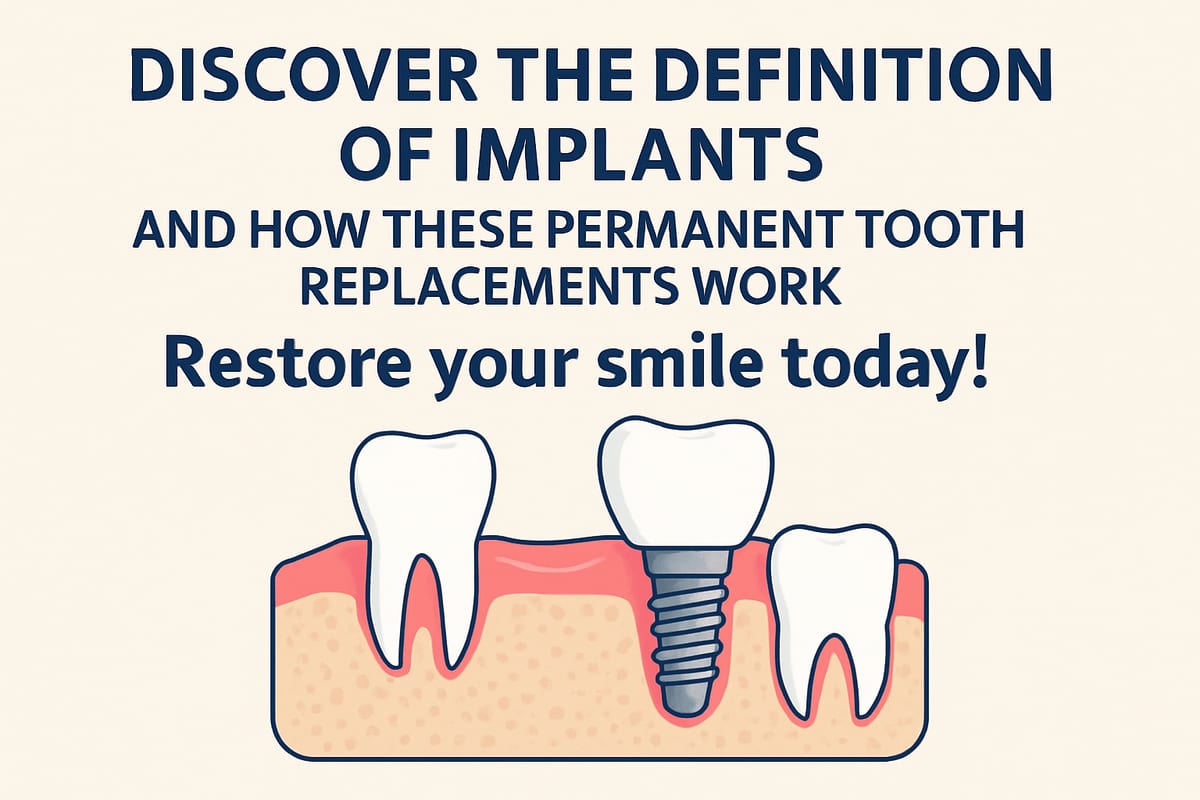Plaque and gingivitis are common oral health problems that affect millions of people. Plaque is a sticky film of bacteria that forms on teeth, and gingivitis is the early, reversible stage of gum disease caused by that bacterial buildup. This post explains what they are, who is at risk, how plaque turns into more serious disease, and clear steps you can take to prevent and treat gum problems.
What Are Plaque and Gingivitis?
Dental plaque is a biofilm of bacteria, saliva, and food particles that forms on teeth and along the gumline. When it is not removed, plaque hardens into tartar (calculus), which is much harder to remove and can irritate the gums.
Gingivitis is inflammation of the gums. It is the earliest stage of gum disease and is usually reversible with good daily care and professional cleaning.
Common signs of gingivitis
- Red, swollen or tender gums
- Gums that bleed when you brush or floss
- Persistent bad breath or a bad taste
How Plaque Leads to Gingivitis and Worse Gum Disease
Left unchecked, plaque progresses like this: plaque → tartar → gum inflammation → periodontitis. Tartar holds bacteria close to the gums and makes it harder to clean, which drives prolonged inflammation. Over time that inflammation can damage the tissues and bone that support teeth.
Who is more likely to develop problems?
- People who smoke or use tobacco
- Those with diabetes or weakened immune systems
- People with poor oral hygiene habits
- People taking certain medications that reduce saliva
- Pregnant people (hormonal changes can increase risk)
- Family history or genetics that predispose to gum disease
Timeline and consequences
Gingivitis can start within days to weeks of poor brushing and flossing. If untreated, it can progress over months or years to periodontitis, which may cause gum recession, bone loss, loose teeth, and eventually tooth loss.
Preventing Plaque and Gingivitis
Good daily care is the best defense. Brush twice a day with fluoride toothpaste and floss once daily to remove plaque before it hardens. Keep sugary snacks and drinks to a minimum, and drink water to help rinse food particles away.
Tools that help
- Electric toothbrushes — better at removing plaque for many people
- Interdental brushes or floss picks for tight spaces
- Antimicrobial or fluoride mouth rinses (as recommended)
Also, quit smoking if you can and manage medical conditions like diabetes, since these reduce your risk of gum disease. Regular professional cleanings every 6 months (or as recommended) remove tartar and let your dentist check for early signs of problems.
Treating Gingivitis and Early Gum Disease
Most gingivitis can be reversed at home with improved oral hygiene. Brushing more carefully, flossing daily, and rinsing can reduce inflammation within a few weeks.
Professional treatments
- Dental cleaning (prophylaxis) to remove plaque and tartar above and below the gumline
- Scaling and root planing (deep cleaning) for early periodontitis to remove tartar from root surfaces
- Localized antibiotics or antiseptic treatments to control infection in specific areas
- Follow-up care and monitoring to make sure gums heal and do not worsen
If deeper infection or bone loss is present, your dentist may refer you to a periodontist for advanced care.
When to See a Dentist for Plaque and Gingivitis
Get prompt dental care if you notice persistent bleeding, loose teeth, pus between teeth and gums, severe gum pain, or receding gums. Early evaluation prevents small problems from becoming serious.
At an exam, a dentist or hygienist will review your health history, check the gums, measure gum pocket depths, and assess for tartar and bone loss on X-rays if needed. They will create a treatment plan, which may include cleaning, deeper therapy, home-care instructions, and follow-up appointments.
Quick Daily Checklist to Prevent and Fight Plaque and Gingivitis
- Morning: Brush 2 minutes with fluoride toothpaste; rinse if needed.
- Evening: Brush 2 minutes and floss or use interdental brushes before bed.
- Weekly: Use an antimicrobial rinse or clean interdental brushes; check for any bleeding or soreness.
- Schedule: Book dental cleanings and exams every 6 months, or as your dentist recommends.
Plaque and gingivitis can be managed and often reversed with simple daily habits and regular dental care. Act early if you notice signs—doing so protects your teeth, bone, and overall health. If you have persistent symptoms, schedule a dental exam to get a tailored plan and professional treatment.


















